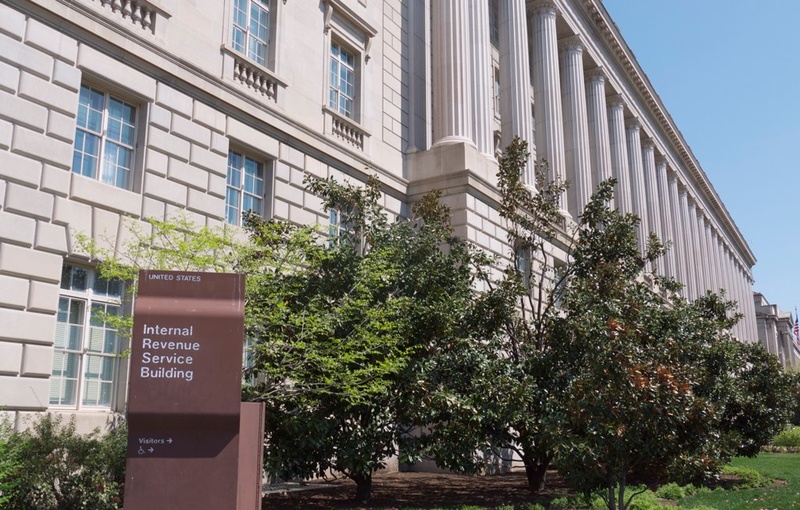OpenGov Voices: Opening nonprofit tax-return data online will be transformative

This is a huge victory for the IRS. The agency stepped up to the plate and has squarely faced the issue of privacy breaches in public nonprofit returns and is now releasing machine-processable XML data for those returns. This is a huge release: 1.4 million e-file returns dating back to 2011 available for free and a commitment to update the data store on a monthly basis. This is a big deal and my congratulations go out to Commissioner John Koskinen and his staff for a great job.
The push to make e-file data available goes back eight years, but this would not have been possible without the active engagement of a dozen people. Beth Noveck made the issue inside of government, then wrote the influential Aspen Institute report about the nonprofit sector. Thomas R. Burke of Davis Wright Tremaine and his team spent two years litigating the FOIA suit on a pro bono basis. Scott Klein and his team at ProPublica used our data to build to their wonderful Nonprofit Explorer, and the Internet Archive has kindly hosted the full database. Many people worked on the privacy audits.
We should not forget that many, many IRS employees have devoted a lot of time to figuring out how to make this data available and how to do it best, and they have done so after drastic budget cuts and numerous distractions. I’m a great admirer of Koskinen and his staff, and was very impressed with their team when a dozen organizations worked with them during the beta process for this new service. We should all be working with the IRS to help the agency improve the service to citizens — because we all own our government and it will only work for us if we work for it.
The result of this release is going to be transformative. With e-file data, a host of services will be able to start analyzing the nonprofit sector, both individual organizations and collections of nonprofits that have characteristics in common, such as geographic location, area of business or size of CEO salaries.

What is especially significant is that this data won’t be the province of a few services, such as GuideStar, that jealously guard their position over the data. It will be available for any college student or internet startup or established venture like Google or LinkedIn to use. That doesn’t mean that GuideStar and its kin will no longer be with us, only that they will need to focus on true value-addition (which it definitely provides!), instead of trying to build a wall around the garden.
Now that the core data is available, the nonprofit sector can have a discussion on how to make that data better. Are reporting standards consistent? Are we collecting too much information or not enough? Can we use “big data” to try and understand the sector better or define new kinds of metrics? The nonprofit sector is 10 percent of our workforce; the size and vibrancy of this sector is unique to America. Nowhere else will you find a nonprofit economy of this size and impact. The IRS database is like the EDGAR database for our public corporations: It makes the market more efficient, more transparent, more effective. Let’s keep working toward that goal.
Interested in writing a guest blog for Sunlight? Email us at guestblog@sunlightfoundation.com

